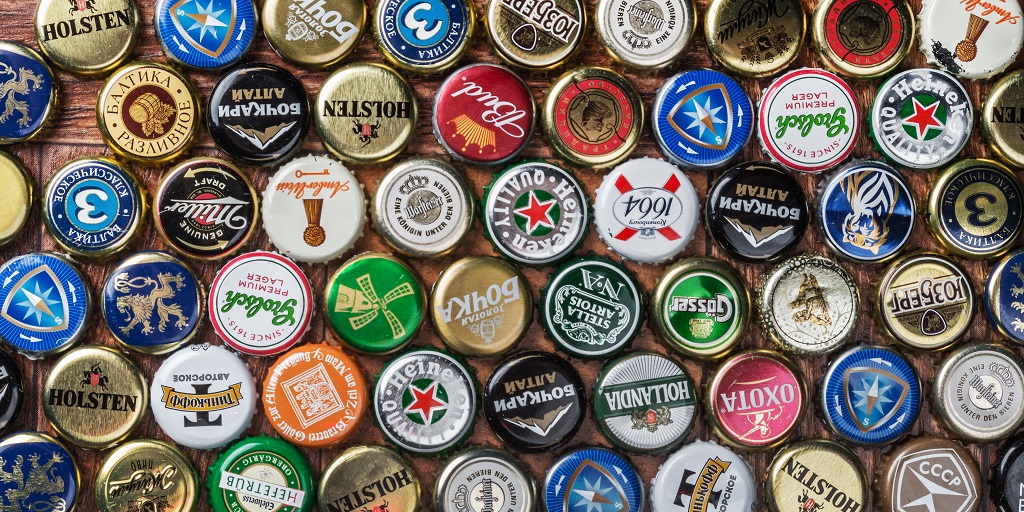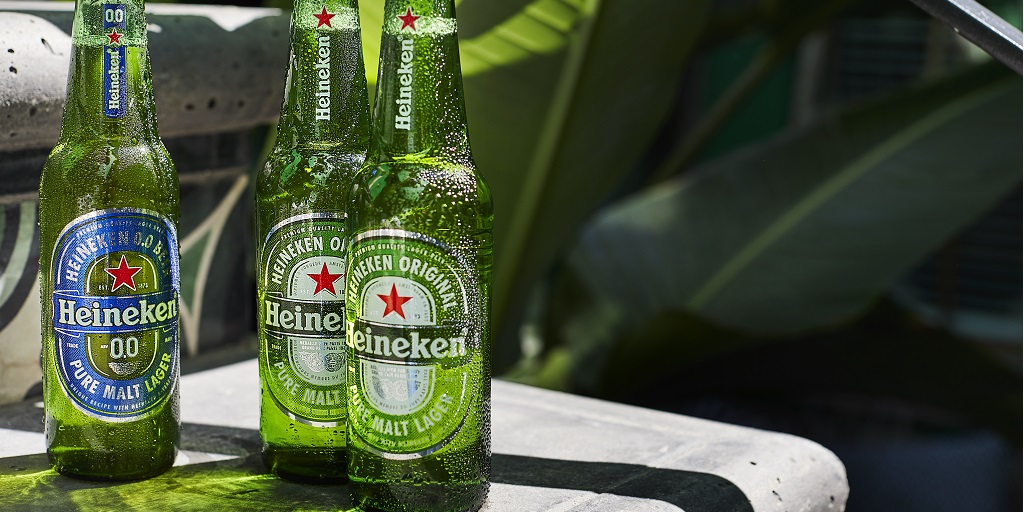
International beer brands up despite move to local

Despite the growing focus on local, international brands remain important to the Australian beer market and new figures have shown an uptick in the category during COVID-19.
When Carlton & United Breweries announced new multi-million-dollar advertising campaigns for Asahi Super Dry and Peroni Nastro Azzurro earlier this year, it highlighted the brewer’s commitment to these international brands, and for good reason.
Asahi Super Dry and Peroni have shown growth in recent years and sales surged during COVID-19. According to figures from big data and consumer insights specialist IRI, Asahi Super Dry sales grew 34 per cent in the period, whilst Peroni jumped 10.6 per cent.
Kym Bonollo, CUB’s head of international and craft beer, said that investing in these particular portfolio brands (in addition to its heritage brands like VB and Foster’s) was an easy decision.
“We wanted to capitalise on the [Asahi Super Dry’s] strong momentum over the past 12 months –more than 10 per cent growth in the off-prem in that time – plus it’s a crisp and refreshing beer perfect for this time of year.
“Peroni is similarly well-suited to the warmer months. It’s also performing well and is synonymous with summer style, making this the right time of year to reinforce its unique position in the market.”
Following Asahi Beverages’ acquisition of CUB, the group now as a range of international beers including Corona, Budweiser, Grolsch and Pilsner Urquell.
“It’s a market that’s performing well – growing around 2 per cent in the off-prem in the three months to late October. We predict this will continue through summer as we back our portfolio with more investment to give our customers and beer lovers the best international beers.”
This growth marks a turnaround from the decline the category saw just two years ago, but not all international brands have been as lucky.
Performance of international brands
International brands appear to be benefitting from trends towards premium brands, as consumers drink less but drink higher-value beer.
During the 12 months to November 2020, the category grew by 3.7 per cent – an improvement on the 1.1 per cent decline of the previous year, but still the smallest increase across all categories.
“International beer has recently been experiencing growth after a period of decline, triggered by the pandemic sending consumers out of the bars and into their homes,” according to a spokesperson for IRI.
“International brands such as Heineken, Asahi and Peroni drive the growth for International Beer by providing a premium beer offering to a budget-conscious consumer.
“However even with the growth it is experiencing, Premium International Beer is growing behind the market and other beer segments and in turn has lost share in Total Beer. Craft in comparison continues to gain share.”
There are some notable runner-ups in the category which may have impacted its overall performance, including the 16.8 per cent decline in sales of Stella Artois during the COVID period, compounding annual declines of 30.4 per cent for the brand in 2020 and 13.7 per cent the year before.
Overall however, the COVID-19 period was particularly kind to the category, despite the push towards local which saw initiatives such as the BWS Local Luvva campaign and the major bottle shop’s multi-million investment in local brands.
International premium brands saw litrage growth of 7.2 per cent with a 8.4 per cent rise in sales value during March to October compared to the previous period.
However, this growth was dwarfed by that of the craft segment of the market, which grew 42.8 per cent during the period in litres and 43.6 per cent in sales growth.

Who owns international brands?
International brands have a convoluted history in Australia, often changing hands multiple times despite their premium position in the market.
In one of the most recent moves, Stella Artois and Becks were taken over by Heineken in Australia, as a condition of CUB’s sale to Asahi as stipulated by the Australian Competition and Consumer Commission.
Lion, which counts Birra Moretti and Heineken itself among its brands, said that the international premium sector is experiencing solid growth.
“Heineken is among the top contributors to the segment growth, evidence that Heineken is a renowned and trusted premium beer brand,” a Lion spokesperson said.
“Heineken 0.0 has led the alcohol-free segment, establishing itself as number one within Australia, representing 50 per cent market share [according to IRI Liquor MQT to Oct 2020].
“Heineken is a key player in Lion’s portfolio of premium international beer brands…we are seeing great consumer and customer engagement and have exciting plans for the brand over the coming months,” they said.
But international brands are not solely the territory of multinationals. Gage Roads Brewing Co. was announced this year as the latest importer of San Miguel, whilst Coopers brews Kronenbourg, Carlsberg and Sapporo as international partner brands, although it also lost Brooklyn Brewery beers to Lion in 2018.
Coopers’ director of marketing and innovation Cam Pearce told Brews News that its international brands have performed solidly over recent years.
“The sector as a whole is not without its challenges and results to date are mixed among all the competing brands,” Pearce explained.
“While COVID-19 caused significant disruption to the industry, our international portfolio as a whole held its own. Lockdowns impacted draught on-premise and international partner brand sales dipped 2.5 per cent in the past financial year, compared with a rise of 3.9 per cent for total Coopers beer sales.”
Pearce explained that the brands were not being complacent, and in the past year Sapporo Black was launched in Australia, to which Coopers has seen a “pleasing response”.
“Our international brands are important to Coopers as they provide our customers with a portfolio of options to satisfy various tastes. We have built a portfolio of international brands we feel are reputable, authentic and value-for-money propositions.”
Pearce was optimistic about the future of international brands despite the growth of craft.
“We see a positive growth outlook for international beers, but with the level of success likely to vary considerably within the category,” Pearce predicted.



